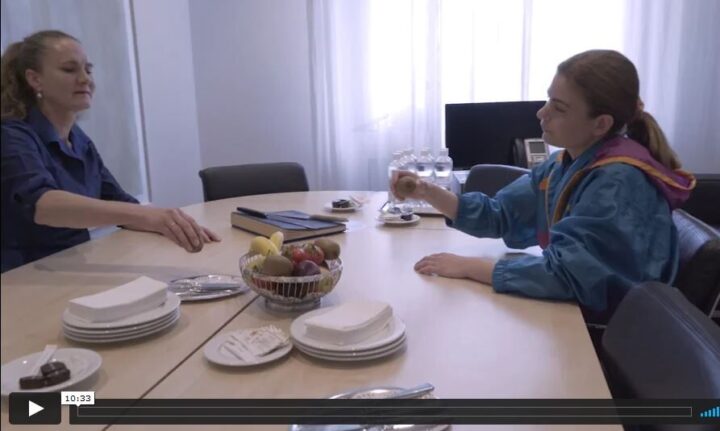Ensemble
Documentary of Behavioural Currencies
2016
While exposing institutional power, and at the same time insinuating the pivotal role of private investment in the art world, Sagri exposes the ways in which global markets continue to lower wages while accumulating capital for very few others, an injustice profoundly documented in Thomas Piketty’s book, Capital in the Twenty-First Century. Sagri’s work tells us that class divisions are in fact maintained from within a system that purportedly opposes them.
- Sotirios Bahtsetzis
Exhibition
What People Do for Money
Manifesta 11, The European Biennial of Contemporary Art,Zurich
curated by Christian Jankowsky
Luma Foundation and Julius Baer Bank
Unit

Title: Documentary of Behavioural Currencies
Date: 2016
Materials: Plywood, shatter boards, acrylic and varnish on wood, corrugated metal sheet, fans, acrylic on plastic sheet, LED tv, HD video 10‘30‘‘ with sound looped, MP4 format on USB drive, thermal tubes, acrylic glass, oil paint on canvas, inkjet print on Tyvek paper, sand and acrylic paint on plywood, various metal components
Dimensions: 323 × 240 × 180 cm

Title: Documentary of Behavioural Currencies
Date: 2016
Material: Sand and acrylic paint on plywood, acrylic and varnish on shatter boards, corrugated metal sheet, fans, acrylic on plastic sheet, LED TV, 10:30 min. HD video with sound (looped), MP4 format on USB drive, thermal tubes, acrylic glass, oil paint on canvas, inkjet print on Tyvek paper, various metal component
Dimensions: 323 x 240 x 180 m

Title: Documentary of Behavioral Currencies
Date: 2016
Medium: HD video with sound
Duration: 10'33'' looped
Access Inventory?
Request a password
Have a password?



